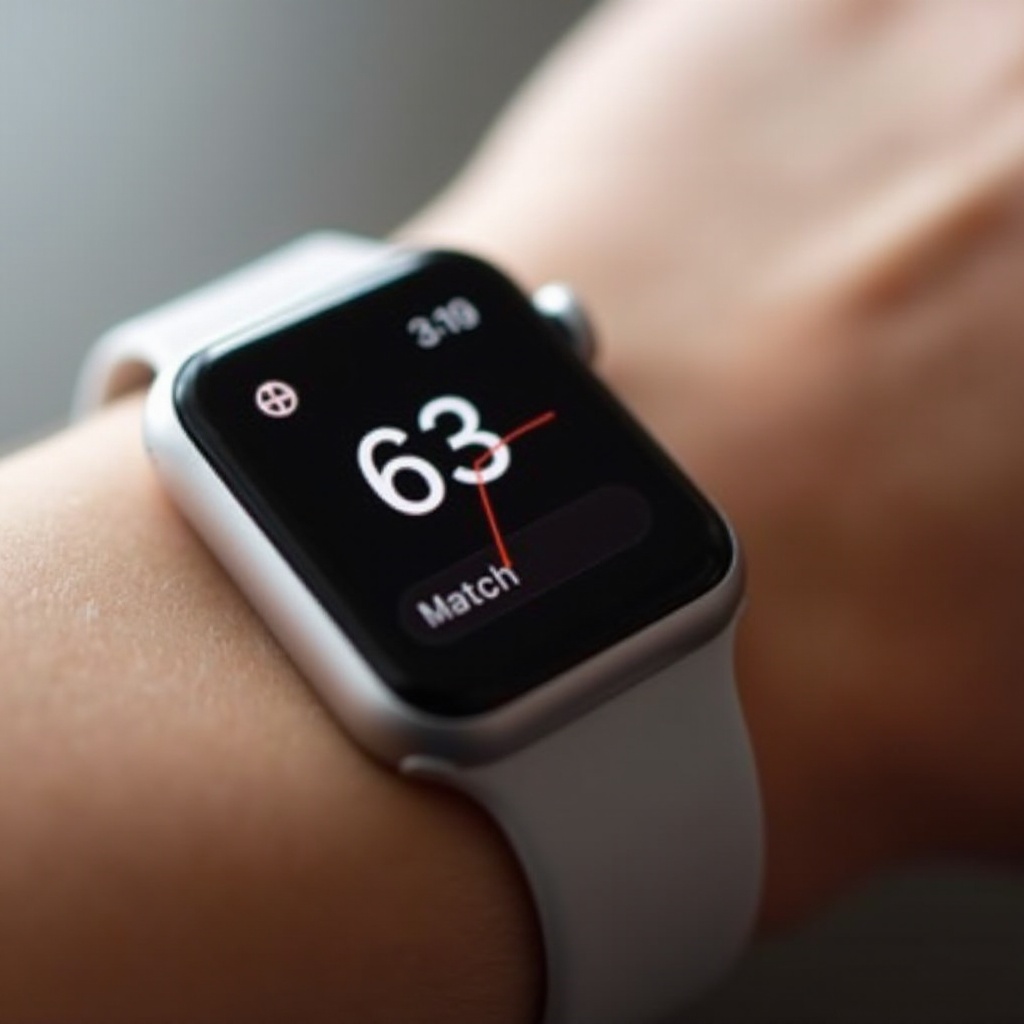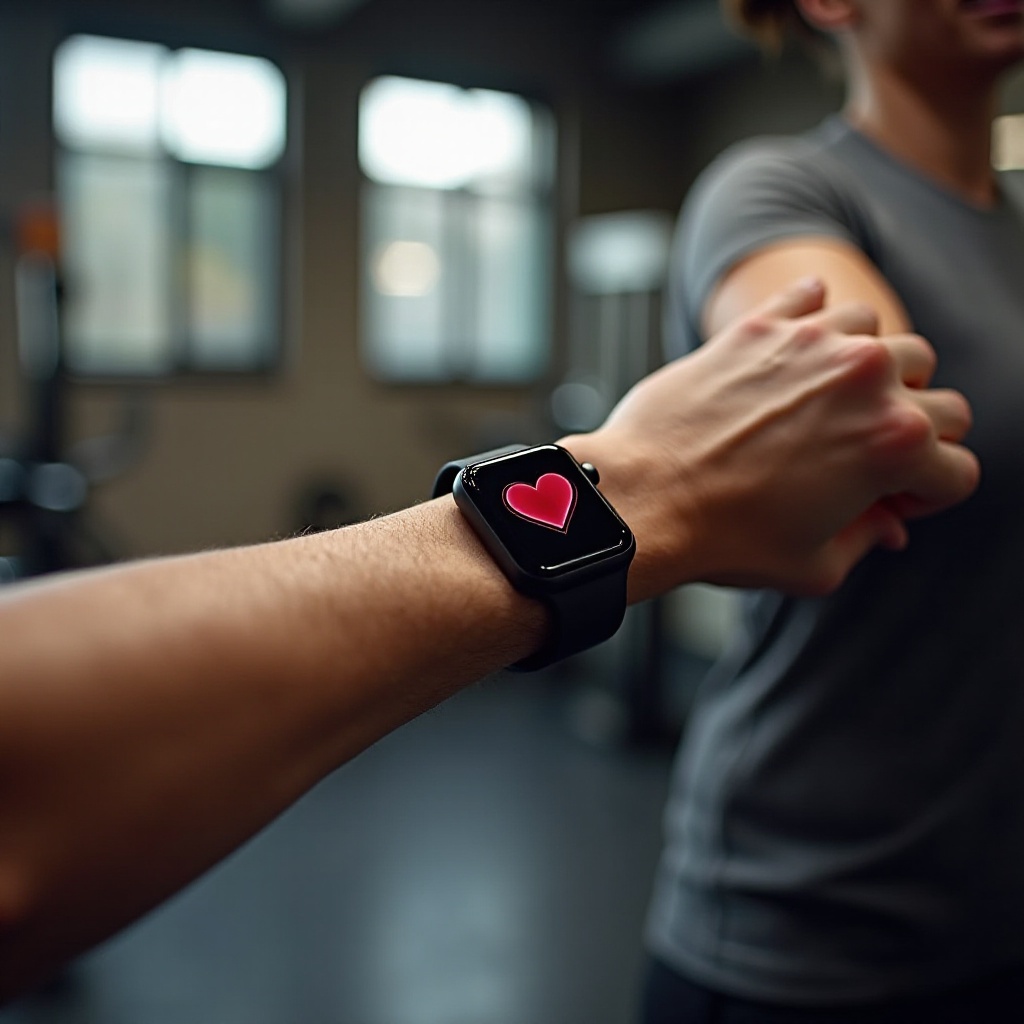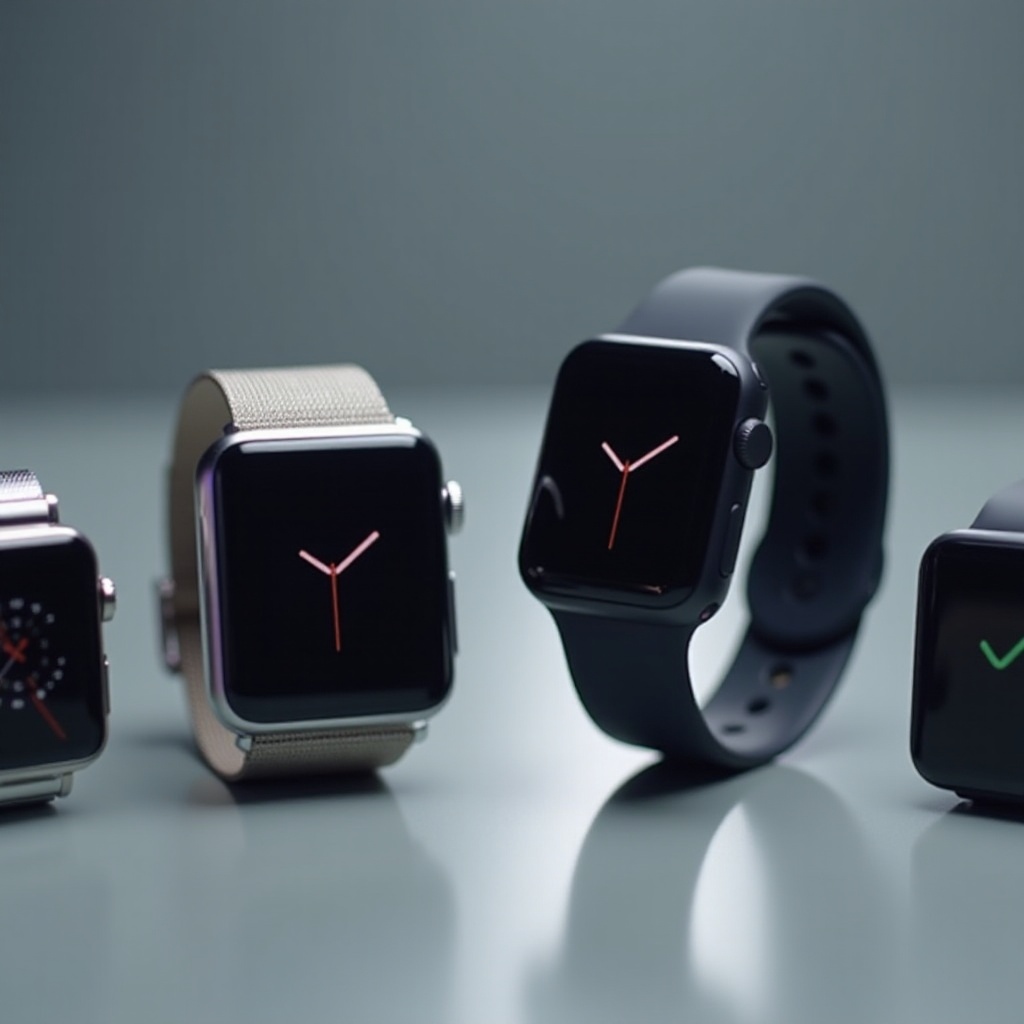Apple Watch Heart Rate Not Accurate: Causes and Solutions
Introduction
The Apple Watch is a versatile gadget celebrated for its diverse health features, such as fitness tracking and heart rate monitoring. Yet, some users are unsure of its heart rate reading precision, raising concerns about its reliability in workouts and health assessments. Discovering why the Apple Watch might generate inaccurate readings is crucial for finding solutions. This guide explores the common causes, proper ways to enhance accuracy, and compares it with other devices, ensuring you can make informed decisions for optimizing your Apple Watch’s performance.

The Importance of Heart Rate Accuracy
Accurate heart rate measurements are crucial for both fitness enthusiasts and health-conscious individuals. Understanding your heart rate zones can refine workout intensity and provide insights into your fitness effectiveness. Beyond exercise, heart rate readings can reflect your overall health, with patterns potentially indicating stress, sleep issues, or unseen health problems. The dependence on precise heart rate data helps users accurately track their progress and well-being. Inaccurate readings may mislead users about their fitness levels or hide potential health problems, weakening the Apple Watch’s dependability.
Common Causes of Inaccurate Heart Rate Readings
Improper Fit and Positioning
Ensuring your Apple Watch fits snugly is fundamental for precise readings. A loose watch may shift or lose contact with your skin, impairing sensor function. Similarly, positioning the device too high or too low can distort the data collected. The watch should ideally rest above the wrist bone for stable results.
Tattoos and Skin Variations
Tattoos can disrupt the watch’s sensors. Dark inks, for instance, may impede the light-based sensors used to measure your heart rate. Additionally, skin traits like thickness or darkness can lead to inconsistent readings. Individuals with such characteristics might need to experiment with watch placement or rely on alternative heart rate monitoring methods.
Environmental Conditions
Environmental factors also affect the accuracy of heart rate monitoring. Cold or sweaty conditions might hamper contact between the sensors and skin. For instance, during intense workouts, sweat may cause the watch to slip, disturbing heart rate measurements.

Tips for Improving Accuracy
Proper Watch Placement and Fit
- Ensure secure watch placement to avoid movement during activities.
- Position the watch above the wrist bone, steering clear of bone protrusions.
- Adjust the band suitably for various activities to maintain a consistent fit.
Cleaning the Sensor
Keeping the sensor clean promotes accurate measurements. Dust, sweat, or lotion build-up can interfere with reading clarity. Regularly wipe the watch’s back with a soft, non-abrasive cloth.
Calibrating Your Device
Calibration can improve the watch’s readings, especially under varying conditions. Activate location services, along with movement calibration and distance settings on your paired iPhone. This allows the Apple Watch to gather activity data with heightened accuracy.
Comparing Apple Watch with Other Wearables
Fitbit
Fitbit devices offer heart rate monitoring too, yet users might notice certain accuracy disparities compared to the Apple Watch. Apple’s devices often deliver refined results, benefitting from a wide data ecosystem integration.
Garmin
Garmin is renowned for its accuracy, notably in fitness models targeted at athletes. While Apple offers excellent general usability, Garmin fulfills the niche needs for detailed athletic monitoring.
Samsung
Samsung wearables ensure competitive heart monitoring; however, third-party app integration can sometimes yield inconsistencies. Despite its robust features, some prefer the Apple ecosystem for refined consistency and integration.

Apple’s Updates and Features to Enhance Accuracy
Apple consistently updates watchOS to bolster sensor tech and data accuracy. Noteworthy improvements include enhanced LED sensors and sophisticated algorithms. Addressing user feedback and incorporating new research, Apple remains committed to refining its devices’ performance.
When to Seek Medical Advice
If inaccuracies in heart rate data persist, or your Apple Watch consistently deviates from other devices or manual checks, consider consulting a healthcare professional. Persistent irregularities might signify underlying health issues needing medical attention. Remember, your device is an auxiliary, not a substitute for professional medical guidance.
Conclusion
To ensure reliable fitness and health monitoring, keeping your Apple Watch’s heart rate accuracy in check is essential. By pinpointing common error causes and adopting suggested enhancements, you can maximize your device’s performance. Stay informed on Apple’s updates and consult medical professionals when warranted, prioritizing your health above all else.
Frequently Asked Questions
Why is my Apple Watch heart rate often incorrect?
Issues like improper watch fit, tattoos, and environmental conditions, such as cold weather or moisture, can affect the accuracy of your heart rate readings.
Can tattoos affect heart rate readings on the Apple Watch?
Yes, tattoos, especially dark ones, can impede the light-based sensors of the Apple Watch, resulting in less reliable heart rate data.
What can I do if my Apple Watch is consistently inaccurate?
Ensure a snug fit, regularly clean the device, and calibrate it. If inaccuracies persist, consult a professional or consider device comparison for potential upgrade options.
